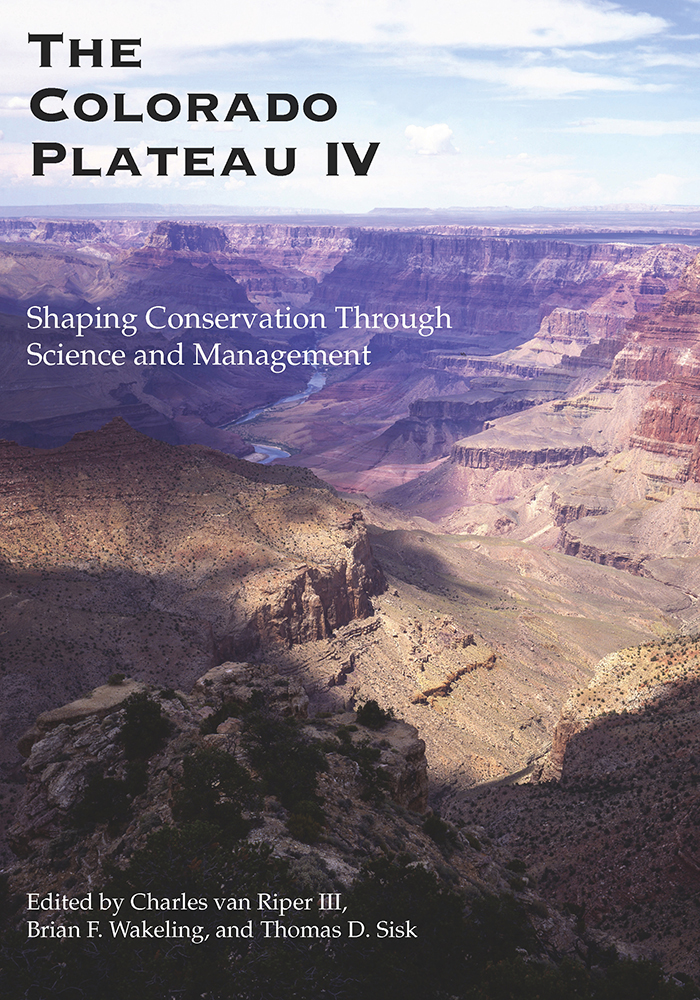The Colorado Plateau IV
Shaping Conservation Through Science and Management
Hardcover ($45.00)
Buy
Roughly centered on the Four Corners region of the southwestern United States, the Colorado Plateau covers some 130,000 square miles of sparsely vegetated plateaus, mesas, canyons, arches, and cliffs in Arizona, Utah, Colorado, and New Mexico. With elevations ranging from 3,000 to 14,000 feet, the natural systems found within the plateau are dramatically varied, from desert to alpine conditions.
This book focuses on the integration of science and resource management issues in this unique and highly varied environment. Broken into three subsections, this volume addresses conservation biology, biophysical resources, and inventory and monitoring concerns. The chapters range in content, addressing conservation issues—past, present, and future—on the Colorado Plateau, measurement of human impacts on resources, grazing and wildland-urban interfaces, and tools and methods for monitoring habitats and species.
An informative read for people interested in the conservation and natural history of the region, the book will also serve as a valuable reference for those people engaged in the management of cultural and biological resources of the Colorado Plateau, as well as scientists interested in methods and tools for land and resource management throughout the West.
This book focuses on the integration of science and resource management issues in this unique and highly varied environment. Broken into three subsections, this volume addresses conservation biology, biophysical resources, and inventory and monitoring concerns. The chapters range in content, addressing conservation issues—past, present, and future—on the Colorado Plateau, measurement of human impacts on resources, grazing and wildland-urban interfaces, and tools and methods for monitoring habitats and species.
An informative read for people interested in the conservation and natural history of the region, the book will also serve as a valuable reference for those people engaged in the management of cultural and biological resources of the Colorado Plateau, as well as scientists interested in methods and tools for land and resource management throughout the West.
 The University of Arizona Press
The University of Arizona Press

